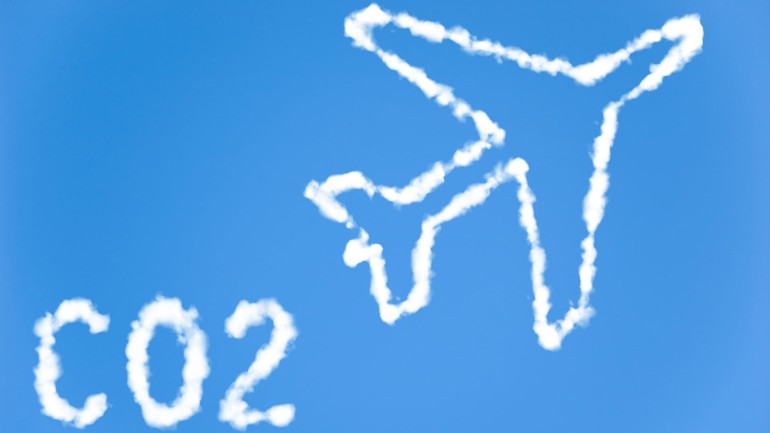Sponsored Listings:
U.S. airlines increased their fuel efficiency on domestic flights by 3% between 2016 and 2018, according to a study by the nonprofit International Council on Clean Transportation (ICCT). However, emissions during that period still grew by 7% due to the industry’s 10% growth.
Leading the way in efficiency was Frontier, which benefits from a young fleet, dense aircraft configurations and load factors slightly above the industry average. Frontier’s point-to-point business model is also more fuel-efficient than the hub-and-spoke networks of legacy carriers Delta, American and United, on which large number of passengers at least two flights to reach their destination, the study says.
Fellow ultralow-cost carriers Spirit and Sun Country were second and forth on the ICCT list, while Southwest, which doesn’t offer a space-consuming first-class cabin, was third. Alaska, United, Allegiant, Delta, American, Hawaiian and JetBlue rounded out the ranking.
The findings come as the U.S. prepares to enter an international agreement in 2021 that aims to cap airline emissions at 2020 levels. The agreement, known as the Carbon Offset and Reduction Scheme for International Aviation, or CORSIA, will require airlines to purchase carbon-offset credits for emissions that go above the 2020 level, but it applies only to international flights.
Nevertheless, authors of the ICCT report said that the findings “raise questions about how the U.S. aviation industry can meet its goal of carbon-neutral growth from 2020 without further policy interventions.”
In a statement, Carter Yank, spokesman for trade group Airlines for America, called the U.S. airline industry, “a green economic engine.”
“The truth is that the airline industry is helping to lead the fight against climate change with a myriad of measures, including developing sustainable alternative jet fuels and investing in more fuel-efficient aircraft,” Yang wrote in an email. “In fact, U.S. airlines increased our overall fuel efficiency by 130% between 1978 and 2018, saving nearly 5 billion metric tons of CO2 emissions.”
Source: travelweekly.com










